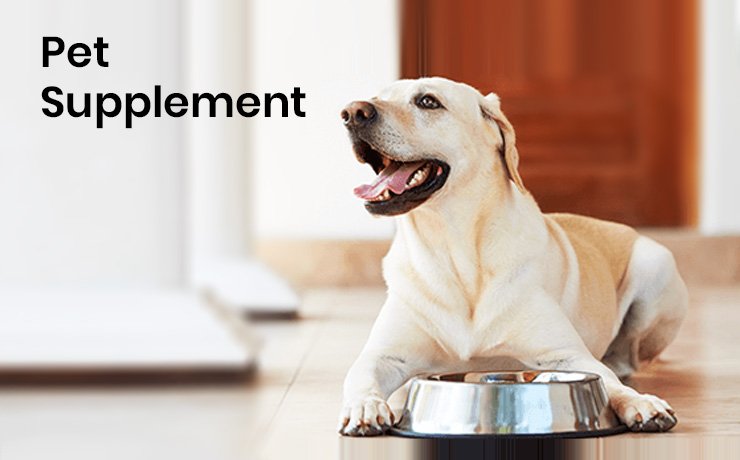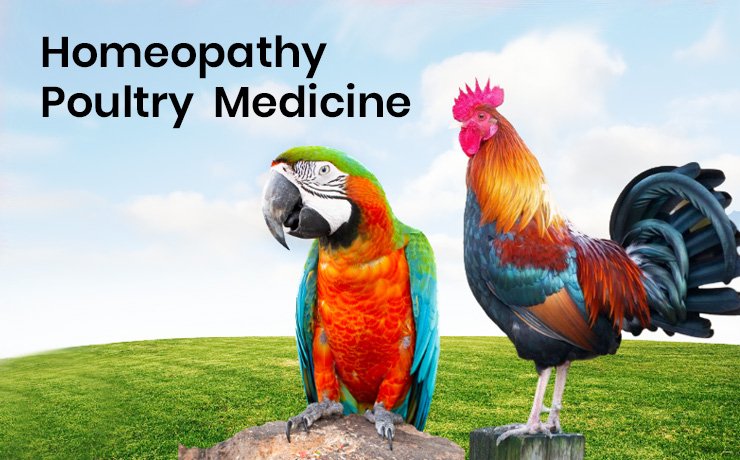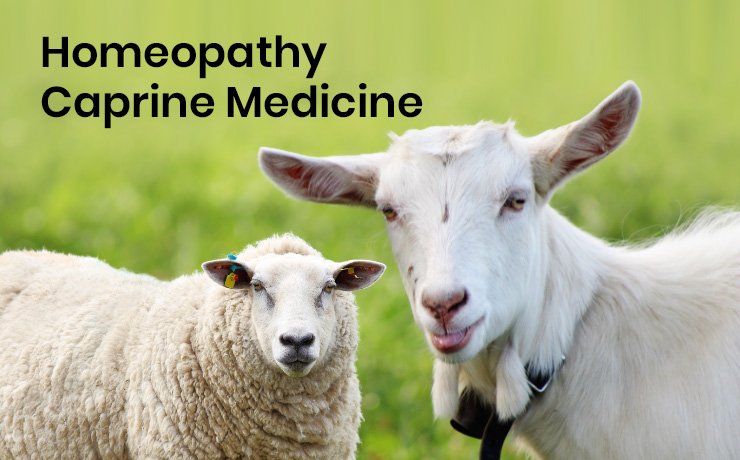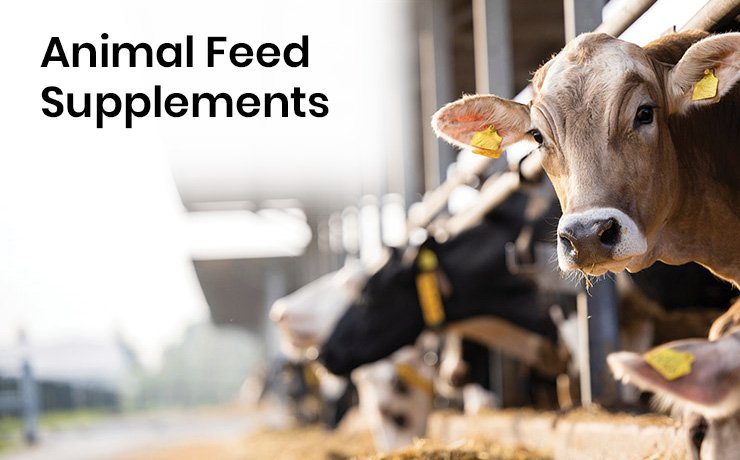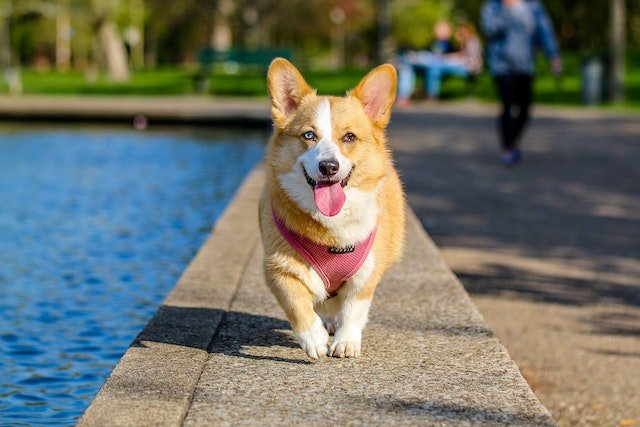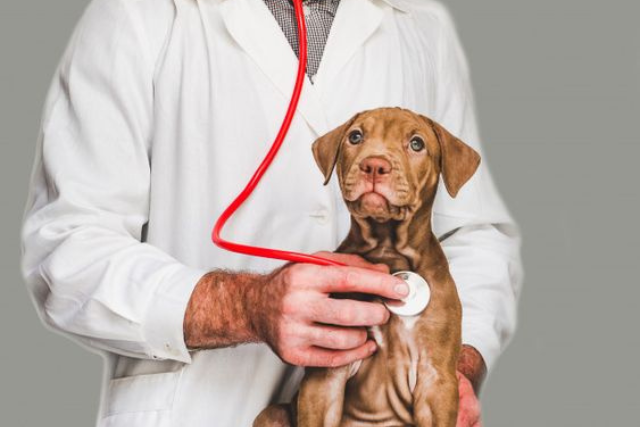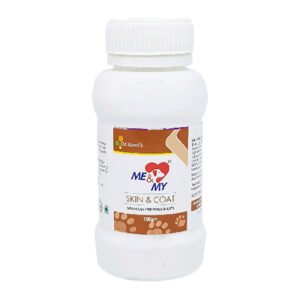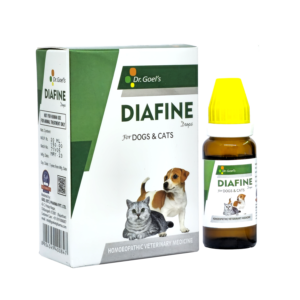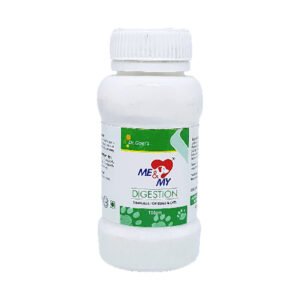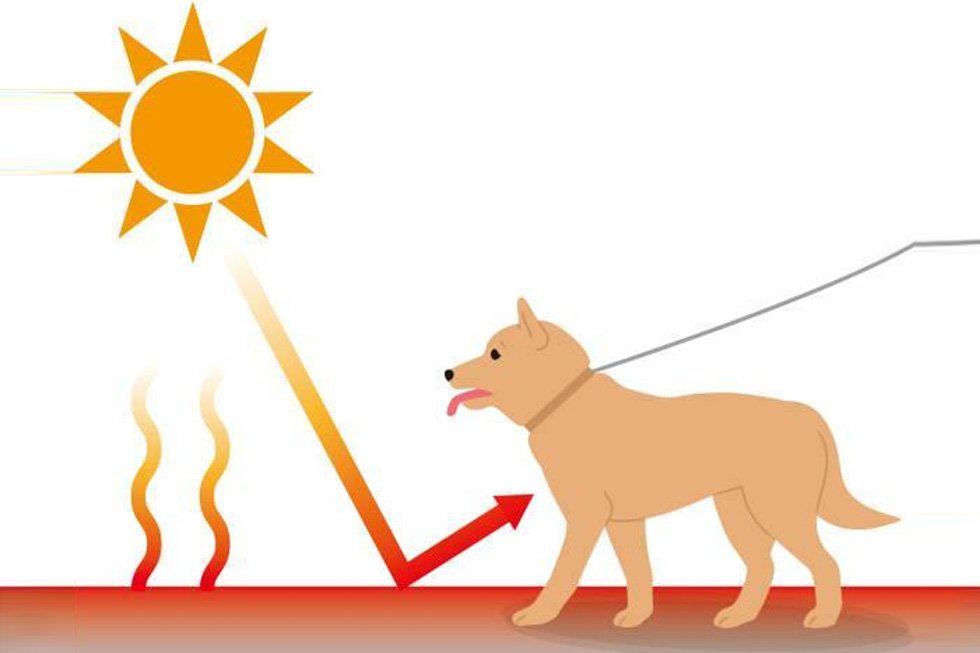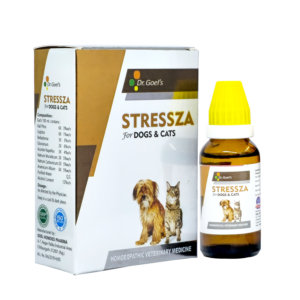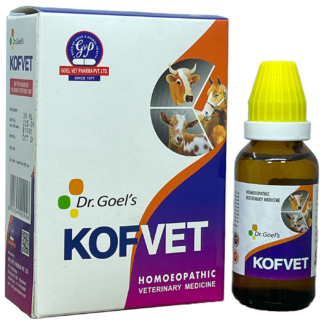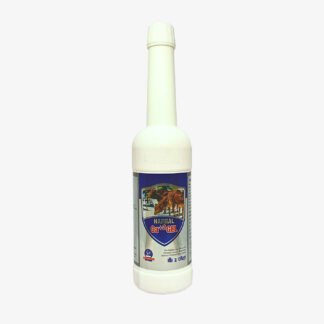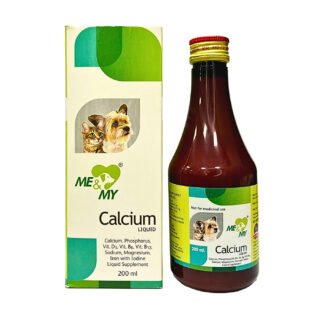Worms in Dogs: Causes, Symptoms, and Treatment

As responsible dog owners, prioritizing our furry friend’s health and well-being is essential. One common health concern that dogs can experience is worm infestations. These parasitic infections, such as tapeworms, roundworms, whipworms, and heartworms, can lead to discomfort and potentially serious health issues for our beloved pets. In this blog, we will delve into the causes, symptoms, and effective treatments for worms in dogs, equipping you with the knowledge to ensure your dog’s optimal health.
Understanding Worm Infestations in Dogs:
Worms in dogs are caused by various types of parasitic worms that can infect their gastrointestinal tract, heart, and other organs. The most common types of worms include tapeworms, roundworms, whipworms, and heartworms. Each type has its own distinct characteristics, lifecycle, and potential health implications for your dog.
Symptoms of Worm Infestations in Dogs: Identifying the symptoms of worm infestations in dogs is crucial for timely intervention and treatment. While symptoms may vary depending on the type of worm, some common signs to watch out for include:
Visible worms or segments in the dog’s stool or around the anus
Diarrhea or changes in bowel movements
Weight loss or poor appetite
Potbellied appearance
Vomiting
Dry or dull coat
Lethargy or weakness
Coughing (in the case of heartworms)
Tapeworms in Dogs:
Tapeworms are commonly transmitted to dogs through fleas or by ingesting infected prey. While tapeworm infestations may not always cause obvious symptoms, you may notice rice-like segments near your dog’s anus or in its stool. Treatment for tapeworms typically involves the administration of deworming medication prescribed by a veterinarian.
Dewormer for Puppies:
Puppies are particularly susceptible to worm infestations as they can contract worms from their mother or through their environment. Deworming puppy is an essential preventive measure to eliminate any existing worms and protect their developing health. Your veterinarian can recommend a suitable deworming schedule and medication specifically formulated for puppies.
Heartworm in Dogs: Heartworms are transmitted through mosquito bites and can cause serious health complications, including heart and lung damage. Preventive measures such as regular heartworm medication are crucial to protect your dog from this potentially life-threatening condition. If diagnosed with heartworm disease, treatment may involve a multi-step process under the guidance of a veterinarian.
Whipworms in Dogs: Whipworms are intestinal parasites that can cause chronic diarrhea, weight loss, and anemia in dogs. These worms are typically contracted through ingesting contaminated soil or feces. Treatment involves deworming medication, and thorough cleaning of your dog’s living environment is essential to prevent infections.
Roundworms in Dogs: Roundworms are one of the most common types of worms in dogs and can be transmitted through contact with infected feces or soil. These worms can cause digestive issues, poor growth, and even complications in puppies. Treatment typically involves deworming medication, and practicing good hygiene and regular fecal testing is important to prevent reinfection.
Causes and Transmission:
Dogs can acquire worms through various sources, including contaminated soil, infected animals (such as fleas, rodents, or other dogs), and ingestion of worm eggs or larvae. Puppies can also contract worms from their mother through the placenta or during nursing. Poor hygiene practices, inadequate deworming protocols, and exposure to environments where worm infestations are prevalent can increase the risk of dogs acquiring worms.
Prevention Strategies:
Preventing worm infestations in dogs involves implementing several proactive measures. Regular fecal examinations and deworming protocols, as advised by a veterinarian, can help detect and treat worms early on. Maintaining good hygiene, such as promptly picking up and disposing of feces, regularly cleaning living areas, and preventing dogs from ingesting potentially contaminated substances, is essential. Flea control and preventing exposure to infected animals or environments are also important preventative measures. Finally, ensuring a balanced diet, regular exercise, and overall good health can strengthen a dog’s immune system and reduce the likelihood of worm infestations.
Conclusion
Worm infestations in dogs are a common and potentially serious health concern. By understanding the various types of worms, their causes, and the transmission methods, pet owners can take proactive steps to prevent infestations. Recognizing the symptoms and seeking timely veterinary care is crucial for effective treatment. Regular deworming and implementing preventative measures, such as good hygiene practices and flea control, can significantly reduce the risk of worm infestations in dogs. Remember, a healthy and worm-free dog
HOMEOPATHIC SOLUTION FOR DEWORMING IN PETS
WORMISULE-XP FOR DEWORMING IN DOGS AND CATS
WORMISULE XP is the best and unique Homeopathic Veterinary Medicine Formulation for the expulsion of all kinds of worms. WORMISULE XP is the best Homeopathic Veterinary Medicine for Deworming Dogs and Cats of all ages and breeds.
DERMISULE For All Kinds of Skin Issues in Pets:
ME and MY SKIN AND COAT Homeopathic Supplement
ME & MY IMMUNITY FOR BOOSTING IMMUNITY IN PETS

 Australian Shepherd
Australian Shepherd Beagle
Beagle Belgium Shepherd
Belgium Shepherd Bernese Mountain Dog
Bernese Mountain Dog Border Collie
Border Collie Boxer
Boxer Bulldog
Bulldog Cavalier King Charles Spaniel
Cavalier King Charles Spaniel Chihuahua
Chihuahua Cocker Spaniel
Cocker Spaniel Dachshund
Dachshund Doberman Pinscher
Doberman Pinscher Dogo Argentino
Dogo Argentino French Bulldog
French Bulldog German Shepherd
German Shepherd Golden Retriever
Golden Retriever Great Dane
Great Dane Himalayan Shepherd
Himalayan Shepherd Indie Dogs
Indie Dogs Labrador Retriever
Labrador Retriever Pakistani Bully
Pakistani Bully Pembroke Welsh Corgi
Pembroke Welsh Corgi Pitbull
Pitbull Pomeranian
Pomeranian Poodle
Poodle Pug
Pug Rottweiler
Rottweiler Shih Tzu
Shih Tzu Siberian Husky
Siberian Husky Yorkshire Terrier
Yorkshire Terrier Abyssinian
Abyssinian American Bobtail
American Bobtail American Shorthair
American Shorthair Balinese Cat
Balinese Cat Bengal Cat
Bengal Cat Birman
Birman Bombay Cat
Bombay Cat British Longhair
British Longhair British Shorthair
British Shorthair Burmese Cat
Burmese Cat Devon Rex
Devon Rex Exotic Shorthair
Exotic Shorthair Himalayan Cat
Himalayan Cat Maine Coon
Maine Coon Oriental Shorthair
Oriental Shorthair Persian Cats
Persian Cats Ragdoll
Ragdoll Scottish Fold
Scottish Fold Siamese Cat
Siamese Cat Siberian Cat
Siberian Cat Sphynx Cat
Sphynx Cat




















